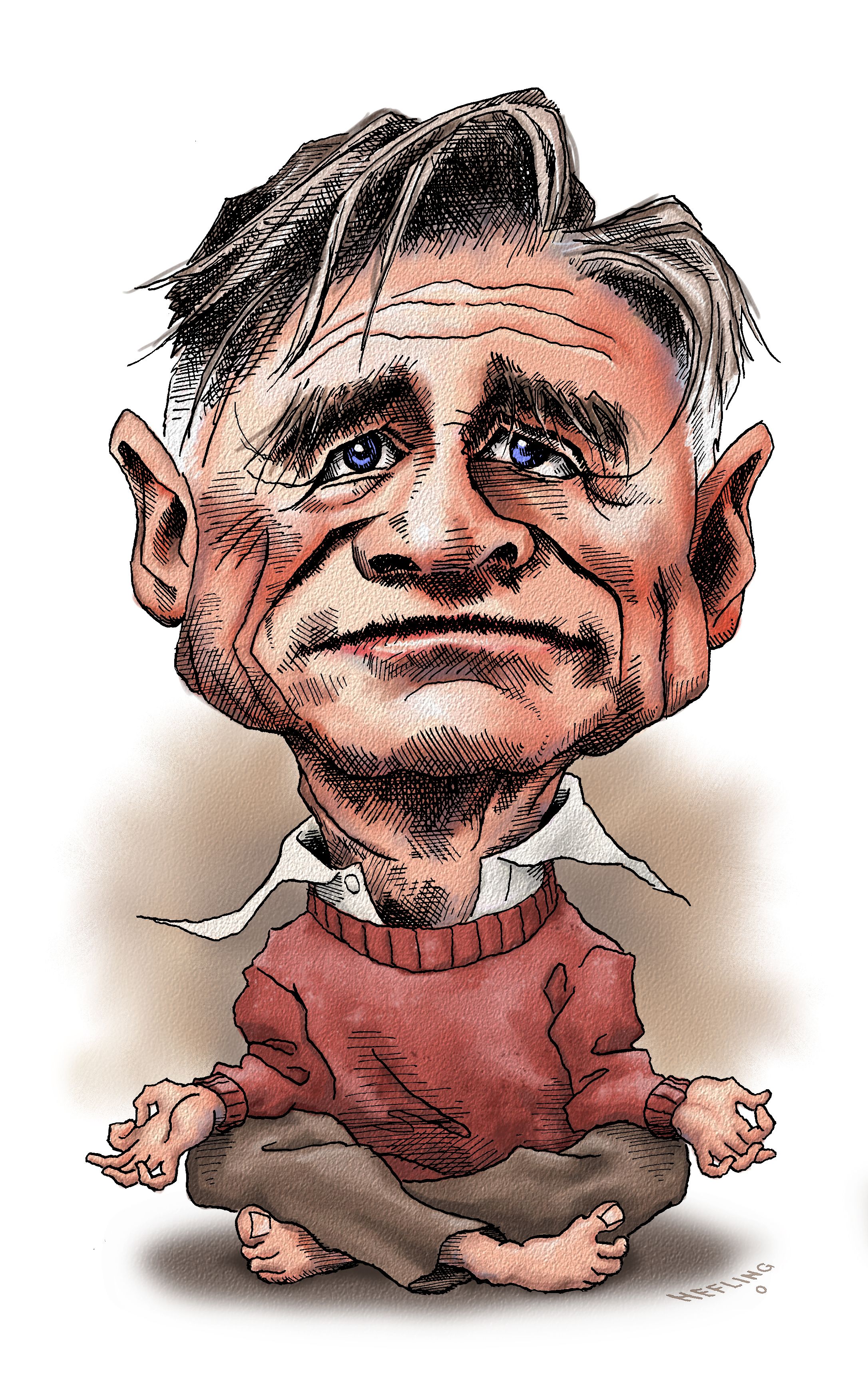IN HIS MEMOIR Christopher and His Kind, Christopher Isherwood describes his relationship with E. M. Forster, who was 25 years his senior. When they met in 1932, Isherwood felt that “Forster was the only living writer whom he would have described as his master.” Less than a year later, Forster allowed him to read the manuscript of Maurice, which was already twenty years in the making. It would become the open secret of 20th-century British literature. Isherwood compared it to the other works by Forster and found it to be “both inferior and superior to them: inferior as an artwork, superior because of its purer passion, its franker declaration of its author’s faith. This moved Christopher tremendously on first reading.” Forster never published the book, but he left it in Isherwood’s care, who had it published in 1971, a year after Forster’s death.
So Forster may well have written the first great gay novel, but it came a bit late in the game. As a young writer, Isherwood included homosexuality in his work rather obscurely. Regarding The Berlin Stories, for example, Isherwood told Winston Leyland in 1971, “I’m often asked if I regret that I didn’t say outright … that I was homosexual. Yes, I wish I had. … To have made him a homosexual, in those days, would have been to feature him as someone too eccentric. It would have made a star out of a supporting actor. … But I must also frankly say that I would have been embarrassed, then, to create a homosexual character and give him my own name.” Of course, Isherwood corrected this in Christopher and His Kind, his 1970s retelling of the Berlin years, in which he bluntly declared, “To Christopher, Berlin meant boys.”
In the 1950s, Isherwood published a rather uneven novel called The World in the Evening, in which he created perhaps the first militant gay character, Bob Wood. Bob, who lives openly with his lover, Charles Kennedy, is fed up with politeness and hiding; he tells the protagonist, Stephen Monk, “Maybe we’re just too damned tactful. People just ignore us, most of the time, and we let them. We encourage them to. So this whole business never gets discussed, and the laws never get changed. … Jesus, I’d like to take them and rub their noses in it.” Isherwood had been peripherally involved with the Mattachine Society in L.A. in the late 1940s and early ’50s, so he was beginning to meet people like Bob and Charles in the early Homophile movement. He also became friendly with Evelyn Hooker, the psychologist whose work led to the removal of homosexuality as a pathology from the DSM.
The closest Isherwood came to writing a gay “relationship novel” is his 1964 masterpiece, A Single Man. Notably, though, this  is a novel about the loss of a partner, a story of grief, longing, and recovery. What gave rise to it was a hypothetical question: what if Don Bachardy, Isherwood’s lover for a decade, left him? The two men lived apart a good deal of the time in the early 1960s and very nearly broke up. So the novel, surely one of the first gay novels to cover a full-fledged relationship, however obliquely, is Isherwood’s attempt to use fiction to help him come to terms with what felt almost like an inevitability.
is a novel about the loss of a partner, a story of grief, longing, and recovery. What gave rise to it was a hypothetical question: what if Don Bachardy, Isherwood’s lover for a decade, left him? The two men lived apart a good deal of the time in the early 1960s and very nearly broke up. So the novel, surely one of the first gay novels to cover a full-fledged relationship, however obliquely, is Isherwood’s attempt to use fiction to help him come to terms with what felt almost like an inevitability.
In Isherwood’s voluminous diaries and in the recently published letters between Isherwood and Bachardy (The Animals, edited by Katherine Bucknell, 2013), we have an autobiographical record of more than a million words of one of the most fascinating, unusual gay love stories of the 20th century.
What follows is my slightly revised review of Isherwood’s 1960s diaries from the March-April 2010 issue, including a new passage, in italics, at the end. These diaries have been very helpful in situating the evolution of A Single Man. — CF
Chris Freeman, a regular contributor to the GLR, teaches English and gender studies at USC. With James Berg, he has edited three books on Isherwood, including the forthcoming The American Isherwood.








Discussion1 Comment
I suppose there are as many gay authors to whom I could pay homeage to each for bringing me closer to the truth that lay in my own fiction and the telling of my own story.